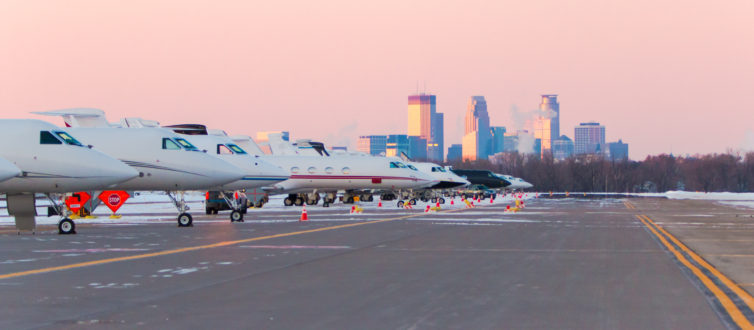
Private jets lined up at MSP, downtown Minneapolis in the distance – Photo: Max Haynes | Metropolitan Airports Commission
For those of you wondering why is there a Super Bowl post on an aviation website; just imagine teams, fans, and corporate fat cats taking the train or bus to the big game. Not likely, right?
When the NFL playoffs started, this native Minnesotan booked a ticket from Seattle to my hometown of Minneapolis in hopes of watching my Minnesota Vikings play in the big game. While the eventual Super Bowl champ Philadelphia Eagles crushed that dream in the NFC Championship game, the scene in the Twin Cities of Minneapolis and St. Paul showed off a Super Bowl of aviation.
If you’re curious why the Super Bowl was played in a city where the game time high was 6 degrees, the NFL told Minnesotans “if you want to keep the Vikings, pitch in for a $1 billion indoor stadium and we’ll give you the big game.”
A quick look at Minneapolis St. Paul International Airport (MSP) and smaller feeder airports shows that a whole lot of big-buck fans travel in style.
MSP can handle 275 private planes, so much of the action was at the St. Paul Airport (Holman Field) where private jets were lined up all over the airfield. Two other reliever airports in the metro area also had brisk business
Consider in 1967, Super Bowl 1 did not even sell out the Los Angeles Coliseum. For the 2018 game, Minnesota’s Metropolitan Airports Commission estimated 1,000 private jets made the trip to the North Star state. (My jet was in the shop, so I flew commercial…)
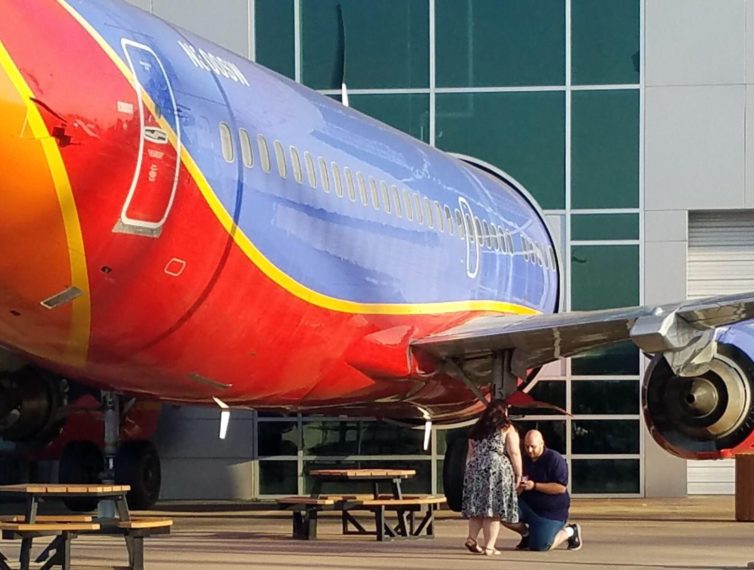
JL proposes under N300SW, the first Boeing 737-300, now at Frontiers of Flight Museum – Photo: Allan Klueckman (My brother)
In most standard relationships, AvGeeks are hard to love. Consider the effects of our passion: we are either always gone, pining to be gone, or perhaps spending hours on end stalking planes at the nearest airport. My friends and I often joke about how “mixed” relationships (that is, relationships with just one AvGeek partnered with a “muggle” – an outsider) are difficult in that there is a lot of compromise and time apart. It can add additional friction and baggage to the already complex reality of finding the perfect partner.
Consider for a moment that happiness is attainable to all. For most of my adult life, I didn’t believe that. The fact of the matter is, AvGeeks are hard to love. Of course, the solution is easy – find someone with similar passions and interests, things that you can bond over. Except upon a survey of the AvGeek landscape, it becomes apparent that women are an extreme minority. Much has been written about the severe lack of women in aviation, a concerning trend that unfortunately extends across most STEM (science, technology, engineering, and math) industries.
Being a rational person I recognized that my passion would statistically put me at a disadvantage against my non-plane obsessed peers. Imagine how excited I am to come to you today (on Valentine’s day no less!) to tell you my AvGeek passion didn’t get in my way. Instead, it was the catalyst and enabler for my relationship with my now fiance and best friend…
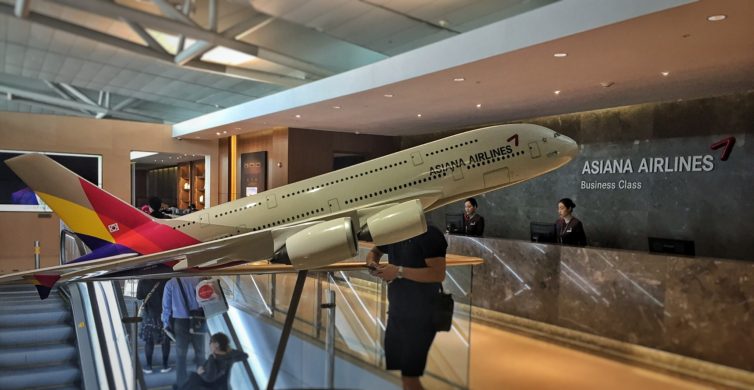
What better welcome than a massive A380 model? – Photo: Manu Venkat | AirlineReporter
In a world of rising air travel passenger volumes, airline lounges walk a fine line. They need to cater to large crowds of travelers, while still preserving an aura of luxury and classiness. What sort of airline might you trust to strike the right balance between size and sumptuousness? How about South Korea-based Asiana Airlines, which has built a strong enough reputation for itself to earn an elite five-star rating from the aviation rating website Skytrax?
Read on for a photo tour of Asiana’s flagship business class lounge in Seoul Incheon International Airport (ICN), and see for yourself if it’s the sort of place you’d want to spend a long layover.
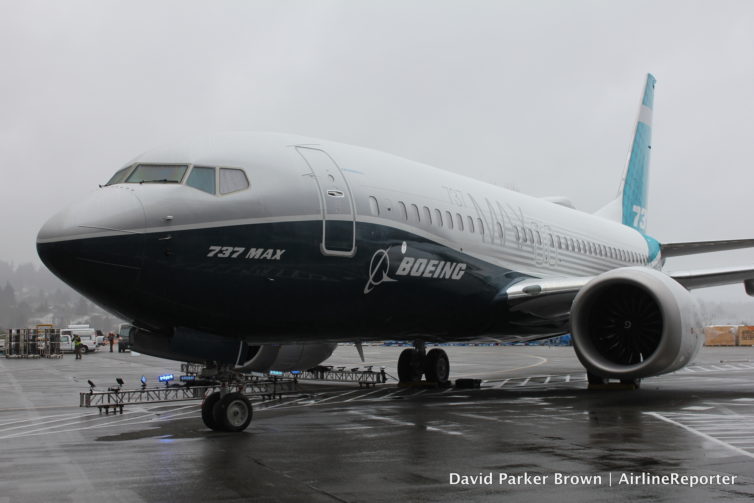
Mini-max 7!
“Who cares?”
I knew I would hear that from observers when covering the unveiling of the first Boeing 737 MAX 7 in Renton, WA this week. I get it. Sure, the MAX 7 is the runt of the MAX family, but often runts can grow up and do amazing things, like going fast.
This is going to be one fast plane to fly. The entire MAX family, from 10 down to 7 will have the same CFM LEAP 1-B engines. With the 7 being the smallest and lightest, I am sure it will become a favorite to fly for pilots. Of course being fun to fly isn’t really a great business case for airlines, and so far they haven’t bought many.
-
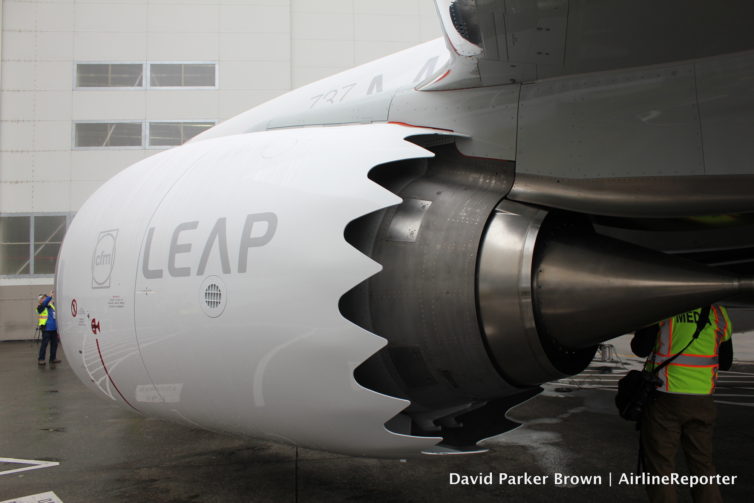
-
The chevrons make it legit
-
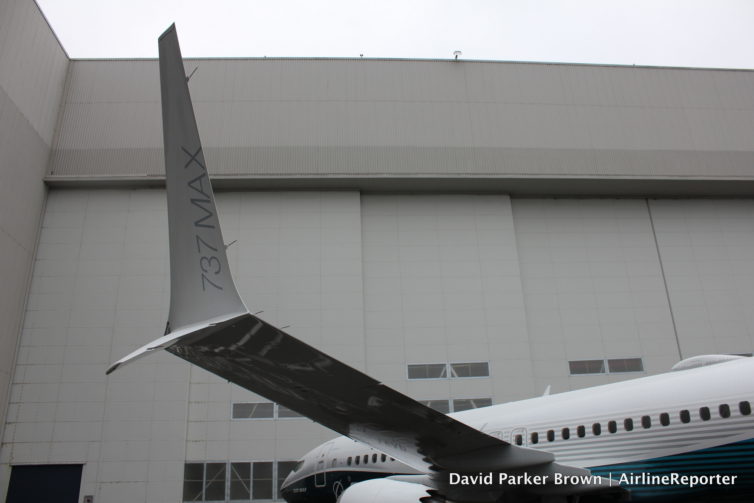
-
WTF, it’s the ATW (Advanced Technology Winglet)
-
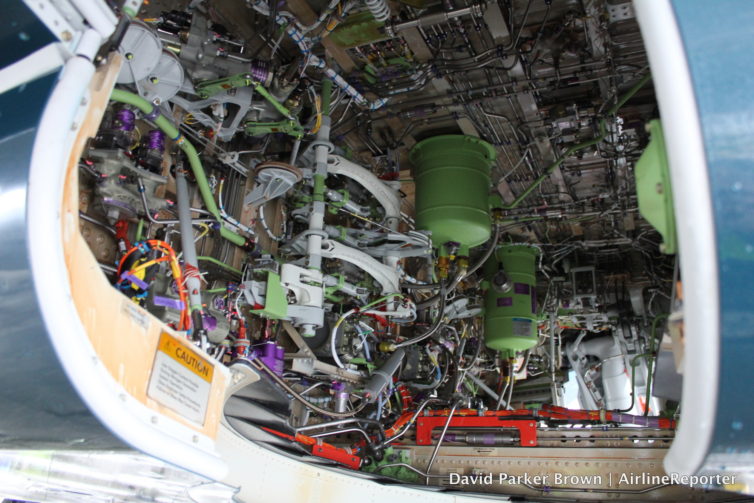
-
The goodies inside the rear wheelwell
-
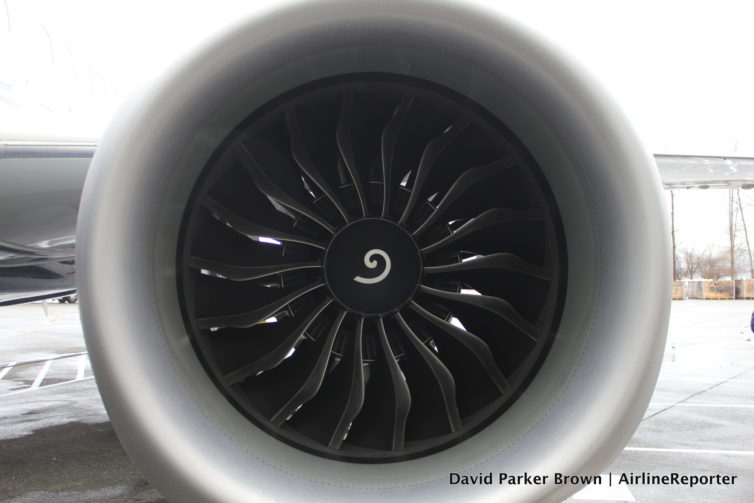
-
Round and round we go…
Where the entire MAX family has accumulated over 4,300 orders, from 93 customers from around the world, the MAX 7 has only 63 of those orders from four customers in the U.S. and Canada (Southwest has dibs on 30, WestJet has 23, Canada Jetlines has five and ILFC has the final five). Is there a bright future for this airplane? Personally, I hope so.
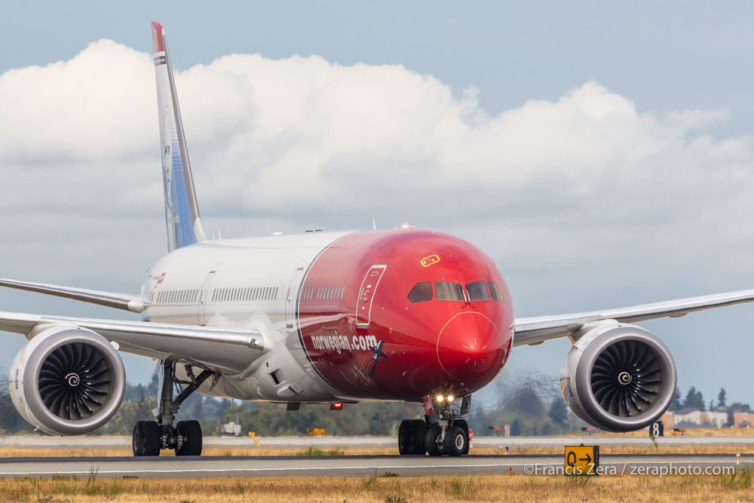
Norwegian 787 taxiing at Seattle-Tacoma International Airport
High risk, high reward. That’s how I viewed my booking on Norwegian. They recently started serving Denver, Colorado (DEN) from London’s Gatwick Airport (LGW) using their ever-expanding fleet of Boeing 787 Dreamliner aircraft. The one-way, one-stop fare from my family vacation in Copenhagen was only $600 per person in their “Premium” cabin – a steal for holiday travel.
Why did I need a one-way fare? I had used United miles to book my family from Denver to Copenhagen (via SFO) on Christmas Day. 30,000 miles per person for a pretty convenient one-stop routing on United and SAS was too good to pass up. But it made getting home a challenge. That’s one of the things that drew me to Norwegian. Also, we’re not exactly rolling in international service here in Denver. Norwegian is a new player, and I wanted to try them out.
For some reason, international travel has not reached the same parity as domestic U.S. travel when it comes to one-way fares. Piecing together an itinerary in the states is pretty easy, but just try booking a one-way flight from London to Denver. Norwegian is disrupting that model with its a la carte approach to everything, as are its long-haul international competitors such as WOW and Icelandair.
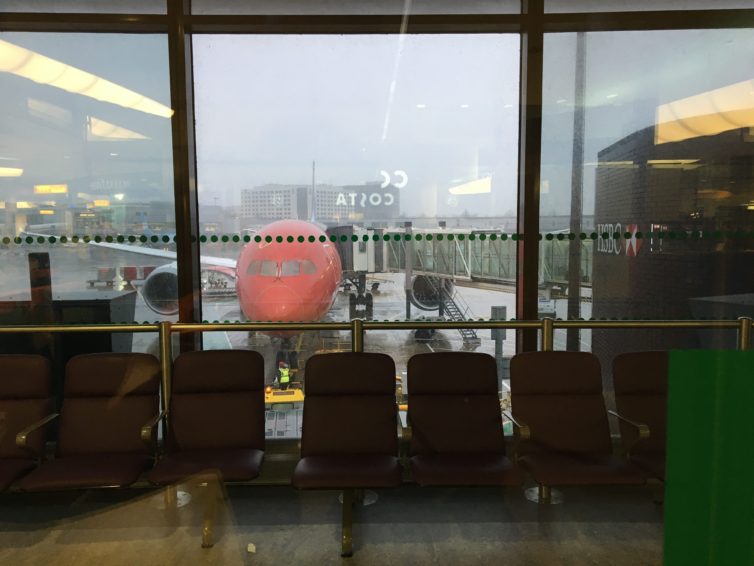
Lovely weather in London right before boarding – Photo: Blaine Nickeson | AirlineReporter
So, why high risk, high reward? Norwegian only flies to Denver three times per week. They also don’t interline with other carriers. So, when things go bad (delayed/canceled flights) they go really bad. I knew not to expect to be booked on another carrier if things went wrong. I had a backup plan in case we got stuck in London (there are worse places to be stuck), but we were lucky that our travel was flexible.
So, how was the trip? Did I win the gamble? Read on…









